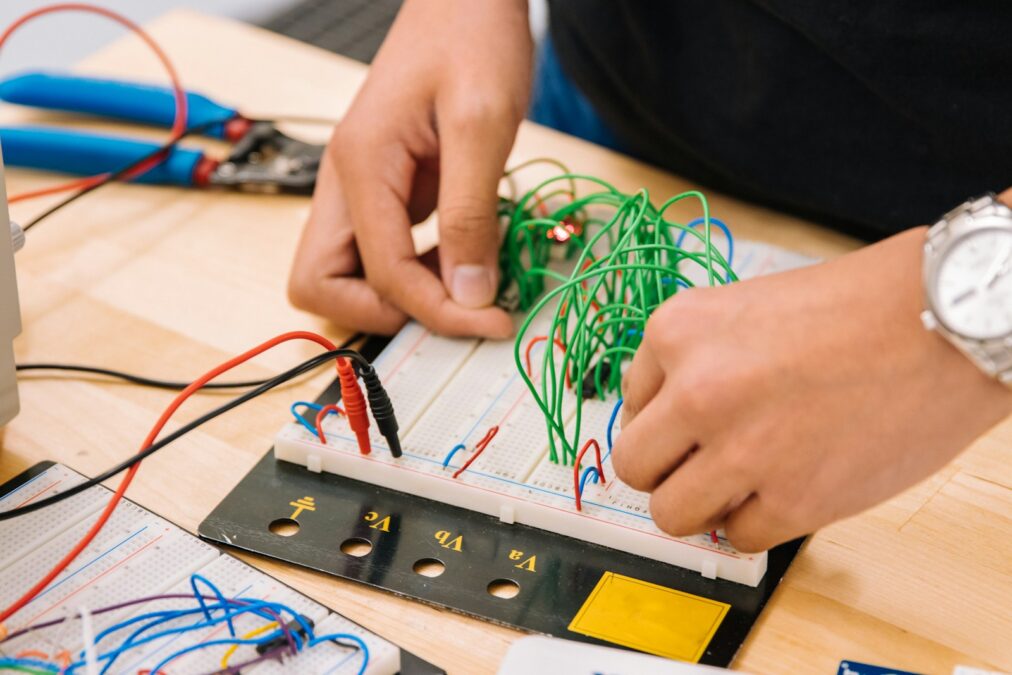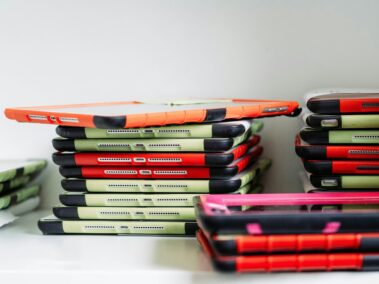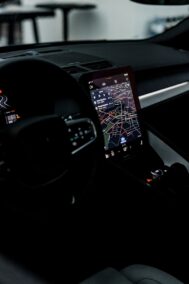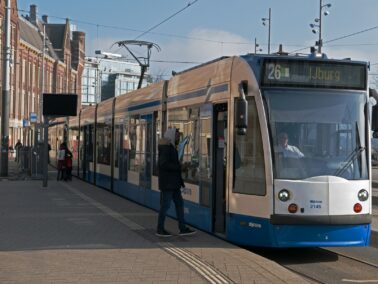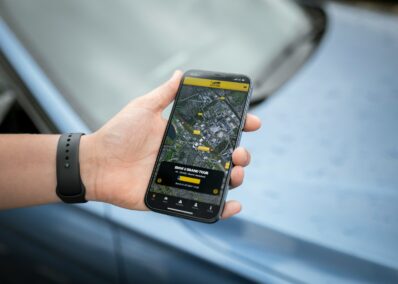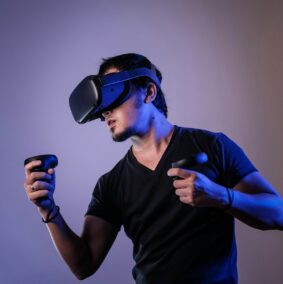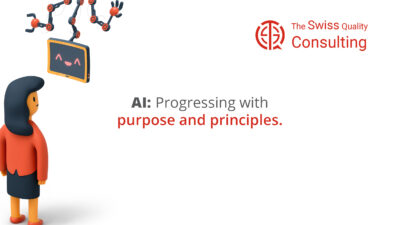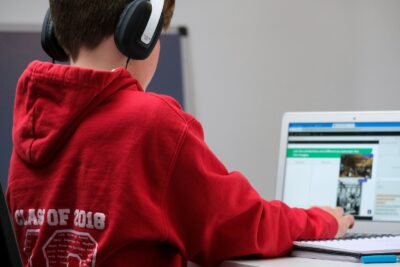How 5G Networks are Transforming Education through Tailored Learning Experiences
The 5G-Powered Personalized Learning is on the brink of a revolutionary transformation, fueled by the advent of 5G technology. With its unparalleled speed, low latency, and massive connectivity, 5G is empowering educators to create personalized learning experiences that cater to the unique needs and preferences of individual students. This shift towards personalized learning is not only improving educational outcomes but also fostering a more engaging and fulfilling learning environment for students of all ages. In regions like Saudi Arabia and the UAE, where there’s a strong emphasis on educational excellence and technological innovation, the integration of 5G in education is poised to unlock a new era of personalized learning.
Adaptive Learning Platforms
5G networks provide the infrastructure necessary for adaptive learning platforms to flourish. These platforms leverage artificial intelligence (AI) to assess students’ strengths, weaknesses, and learning styles, tailoring educational content and activities accordingly. With 5G’s high-speed connectivity, students can seamlessly access these platforms from anywhere, at any time, on any device. This flexibility allows for a more self-paced and individualized learning experience, where students can progress at their own pace and focus on areas where they need the most support.
Immersive Learning with VR and AR
5G’s low latency and high bandwidth are essential for the delivery of immersive learning experiences through virtual reality (VR) and augmented reality (AR). These technologies can transport students to virtual environments where they can explore historical sites, conduct scientific experiments, or practice complex skills in a safe and engaging manner. 5G ensures seamless and real-time interactions within these virtual worlds, creating a truly immersive and personalized learning experience that caters to diverse learning styles and interests.
Real-Time Collaboration and Feedback
5G networks facilitate real-time collaboration between students and teachers, regardless of their physical location. Video conferencing, virtual classrooms, and interactive whiteboards enable seamless communication and collaboration, fostering a sense of community and shared learning. Teachers can provide instant feedback on assignments, answer questions in real time, and tailor their instruction to individual student needs. This personalized approach to feedback and interaction can significantly enhance student engagement and motivation.
Data-Driven Insights for Educators
5G networks enable the collection and analysis of vast amounts of data on student performance, learning patterns, and engagement. This data can be leveraged by educators to gain valuable insights into how students learn best and to identify areas where they may need additional support. By using data-driven analytics, teachers can tailor their instruction to individual needs, provide personalized feedback, and track student progress more effectively. This data-driven approach to education can lead to improved student outcomes and a more efficient use of educational resources.
Bridging the Educational Gap
5G-powered personalized learning has the potential to bridge the educational gap by providing equal access to quality education for all students, regardless of their socioeconomic background or geographic location. Remote and underserved areas can now benefit from the same educational resources and opportunities as their urban counterparts, thanks to the connectivity and accessibility of 5G networks. This can empower students from all walks of life to reach their full potential and contribute to the socioeconomic development of their communities.
The Future of Education with 5G
The future of education is undoubtedly intertwined with 5G technology. As 5G networks continue to expand and evolve, we can expect to see even more innovative applications emerge, such as holographic teachers, AI-powered tutors, and personalized learning paths that adapt to each student’s evolving needs and interests. The integration of 5G with other emerging technologies, such as blockchain for secure credentialing and the metaverse for immersive virtual learning environments, will further reshape the educational landscape. The possibilities are limitless, and the future of education is bright with the transformative power of 5G.

